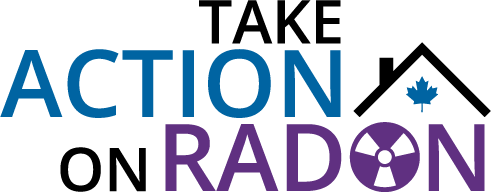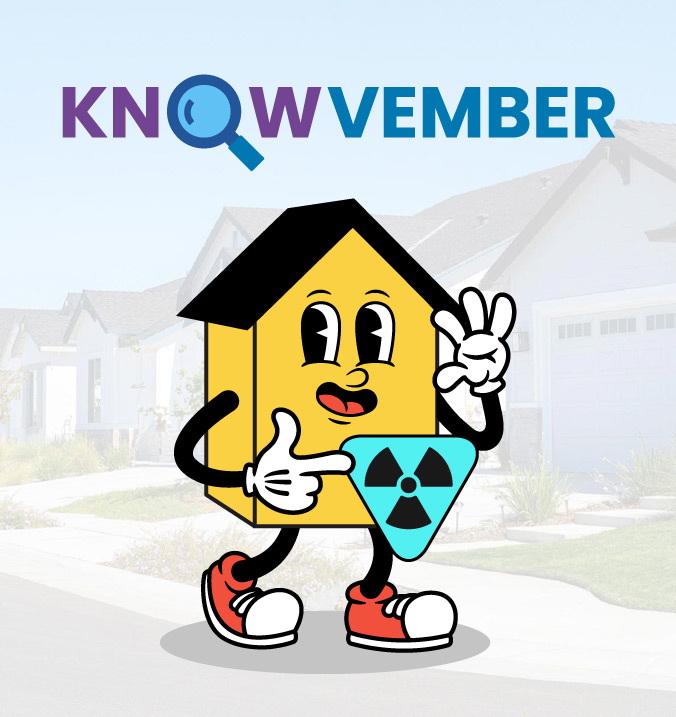
When did YOU last test for radon?
November is a perfect time to start your home radon test!
Radon is a radioactive gas that comes from the soil all across Canada. Radon enters any building which has contact with the ground, and can build to dangerous levels in indoor spaces. Exposure to elevated radon levels causes lung cancer. The first step to protecting yourself from radon is to test your home.

How often should I test for radon?
Radon levels vary naturally from day to day and month to month. Levels are influenced by changes in the weather, the surrounding environment, or how you use your home, If you have tested your home for radon before, you may want to consider retesting due to some of the following considerations:
- Changes in the environment: Changes in soil moisture levels from drought or flooding, changes in wind or air pressure and even the amount of smoke in the air can have an impact.
- Changes in your family: As your family grows and changes the way you use your home also changes. More (or fewer) people in a home will change the heat, humidity, and airflow into a home, so it may be time to rest for radon again as part of maintaining a healthy home for your family.
- Changes to your home: Energy efficiency measures and other renovations can have an impact on radon levels as well. If you have taken measures to improve the air sealing in your home, replaced your furnace or made any other major renovations to your home, following up with a radon test is an important way to ensure your indoor air is still safe.
If you think you tested for radon years ago, but you don’t remember what your radon level was, you are not alone. We recommend that you test again. Just because you don’t remember the level doesn’t mean your radon was low, so testing again will give you peace of mind.
How can you test? Well, like all other areas of life, technology is changing and if you tested for radon years ago, you may find it interesting to know that there are new devices available.
An important thing to bear in mind is that, even though technology has changed, radon hasn’t! There are many new digital radon devices on the market that will indicate a radon level within minutes or hours. However, given the fact that radon levels can vary a lot from day to day or week to week, it’s still important to do a long-term test to get a good representation of your annual average radon level.
The Canadian National Radon Proficiency Program (C-NRPP) recently released a consumer guide to the various electronic radon monitors available on the Canadian market. Click here to visit their webpage.



